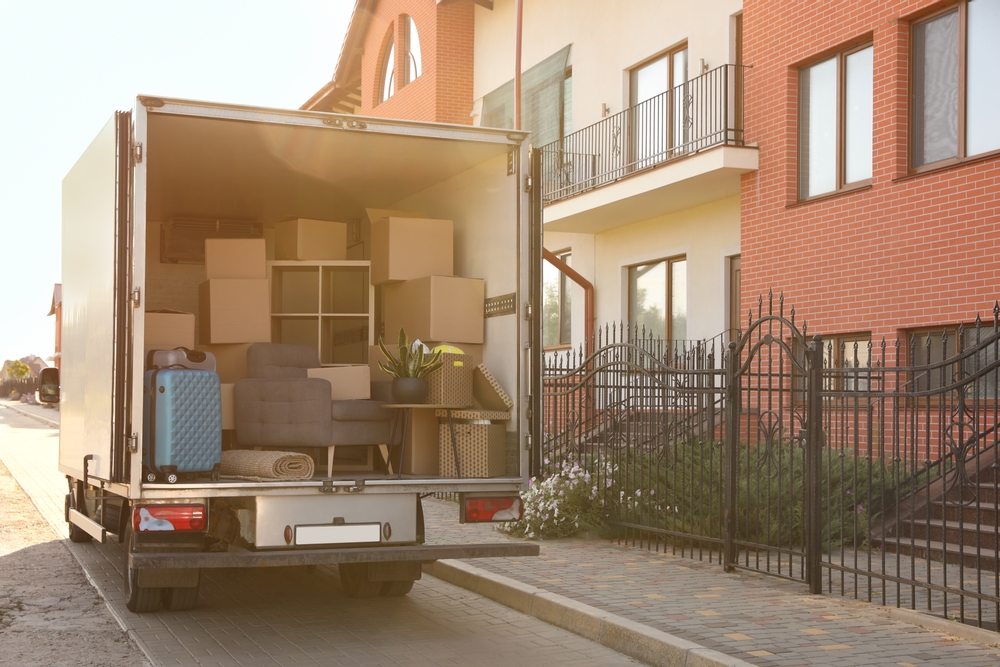Any significant move from one location to another will require some planning, and this is especially so for particularly long-distance moves. If you’re moving all the way across the country, for instance, this will typically be a more involved process than if you’re just moving across town.
At Tru Solutions Moving, we’re happy to assist SLC clients with all their moving needs, including long-distance moves that may be to anywhere in the country. What are some of the simplest recommendations we make to clients on preparing for such a move? Here are several important areas to keep a focus on.
Set Out a General Timeline
While this doesn’t have to be set in stone by any means, it’s important to have an idea of when you’ll need to start packing, when movers will arrive, and what dates are needed for things like turning off utilities in one place and turning them on in the next. Making a timeline can help keep your move organized and ensure that nothing is forgotten.
Here are some examples of the sorts of benchmark time periods you may want to use for your timeline, plus the kinds of things you’ll likely want to be thinking about within each of these bins:
- 1+ month before moving: A month or more before the day of the move is a great time to start researching moving companies and getting estimates from them. It’s also important to begin the process of coordinating with utility providers. In addition, if you have any items that aren’t used on a regular basis, such as those being stored in your attic or basement, this is often a gold time to get started with packing them up ahead of time.
- 2 weeks before moving: Two weeks before the move is a time to check in with your moving company and confirm all of the details. If you plan on taking some items yourself, this is also when you’ll want to begin packing those up as well.
- 1 week before moving: At one week out, it’s time to start wrapping up loose ends for utilities, such as confirming when they will be turned off in your old home and when they will need to be activated in your new one. It’s also a good time to start packing up items that you’ll need right away at the new place, such as bedding and kitchen supplies.
- Day before moving: On the final day before the move, begin packing up the last of your items and make sure all your valuables are with you. Furthermore, if you’re traveling through a new city on the way to your new home, use this time to map out where you will be stopping for rest or food along the way.
- The day of moving: This is typically when the moving company will arrive to begin loading up your items, so try and be ready for them. You should also double-check that all of your boxes are properly labelled and that you’ve taken an inventory of what’s being moved. Finally, if possible, have someone who can stay at the old home until it is completely empty.
Organization is Key
Especially for a long, cross-country move where there will likely be a lot of variables to keep track of, staying focused and organized can go a long way in ensuring that the move is finished as quickly and efficiently as possible. By following the timeline we’ve outlined here, you’ll have an easier time managing expectations and staying on top of what needs to be done each step of the way.
Another key part of organization involves color-coding or otherwise marking boxes so that they are easily recognizable once they arrive at your new home. Labeling each box with a room name can also be helpful in making sure everyone knows where the items should go when it’s time to unpack.
Travel Kit and “First Night Box”
For cross-country trips that will either involve significant driving or a plane flight, it’s always a good idea to have a travel kit or bag that can easily be accessed and contain essential items. Examples of items you might want to include in this are an extra change of clothes for each person, snacks, electronics chargers, and any important documents such as passports or ID cards.
You may also want to consider having a “first night box” that can easily be identified and put away first when you arrive at your new home. In this, you can include items such as toiletries, snacks, cleaning supplies, and anything else that would make the transition to your new home a bit smoother.
Declutter Your Space
As you get a bit closer to the move, it’s also a good idea to declutter any items that you won’t be taking with you. This can include items such as old furniture, clothing, and other items that can either be donated or discarded. Decluttering your space before the move will make the process of packing up and loading up the truck much faster and easier.
As you can see, there are several important steps that need to be taken when planning a long-distance move. By following the timeline we’ve outlined here and staying organized, you can ensure that everything goes as smoothly as possible. And for more tips here, or to learn about any of our local or long-distance moving services, speak to our experts at Tru Solutions Moving today.





